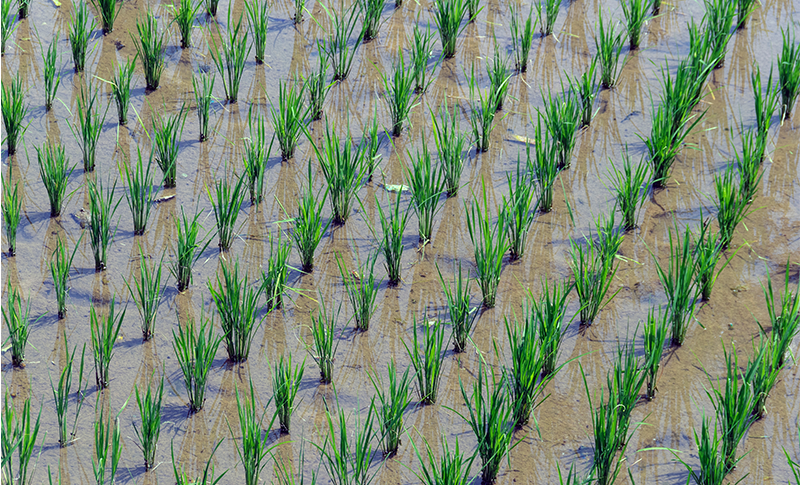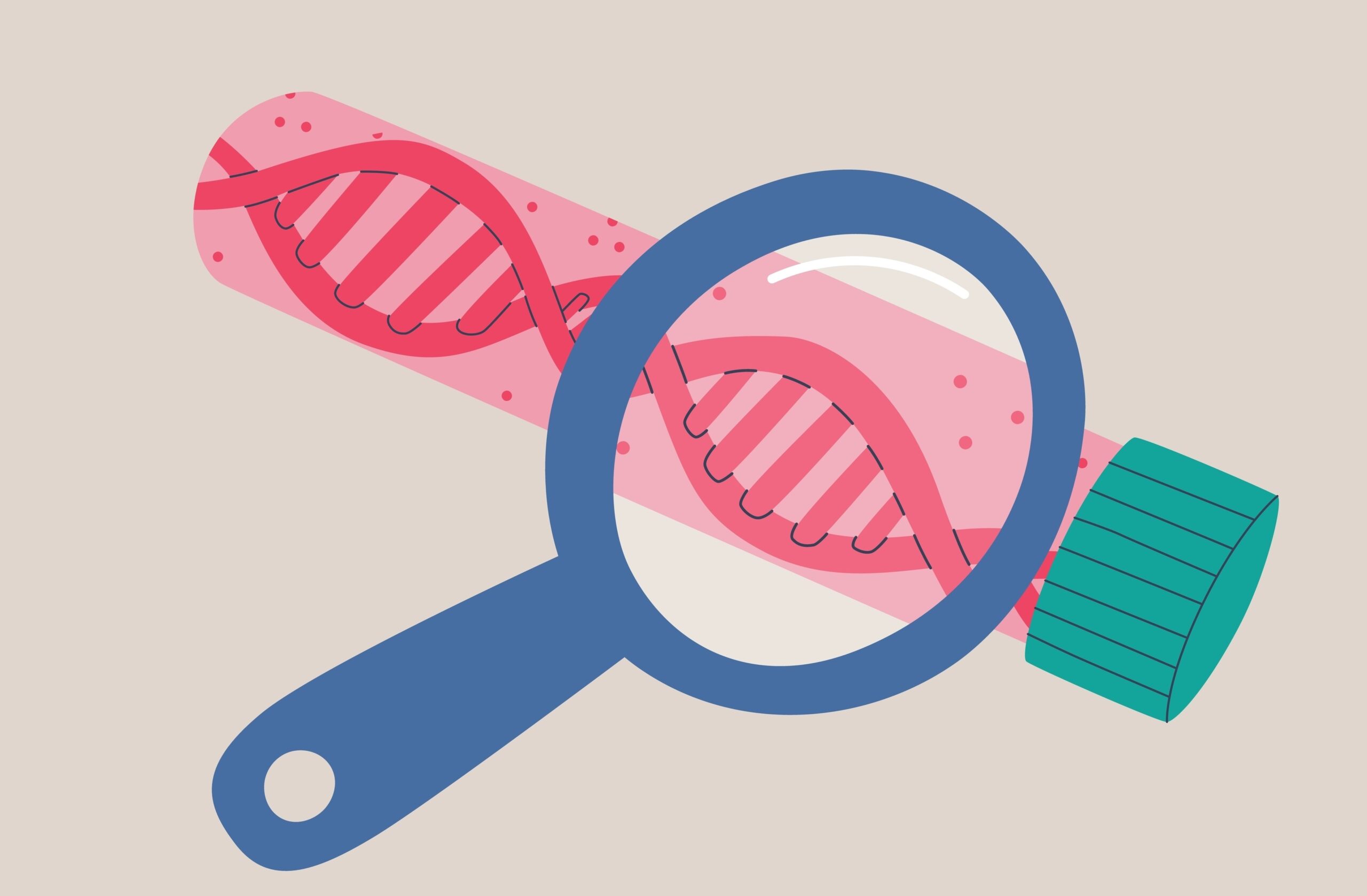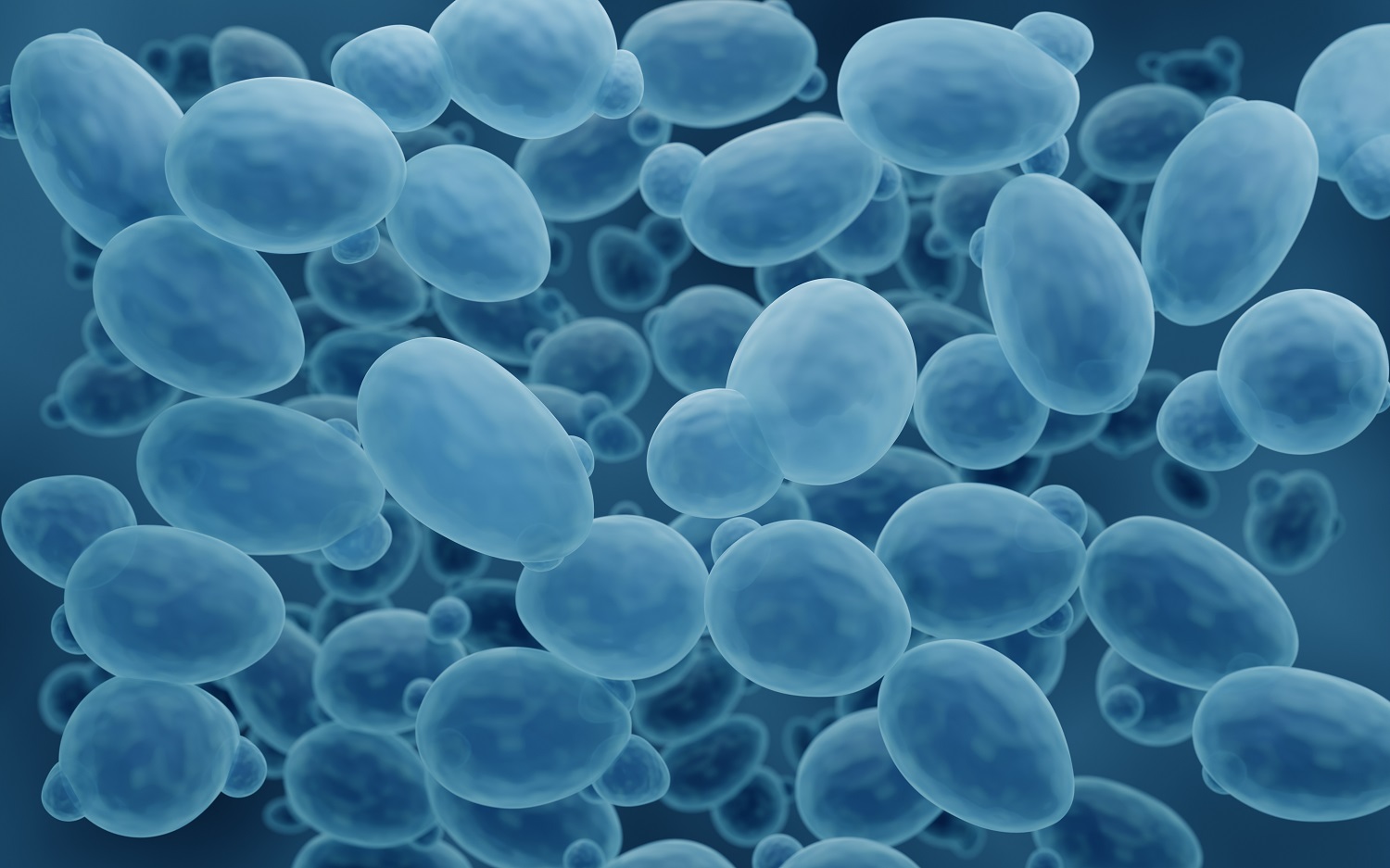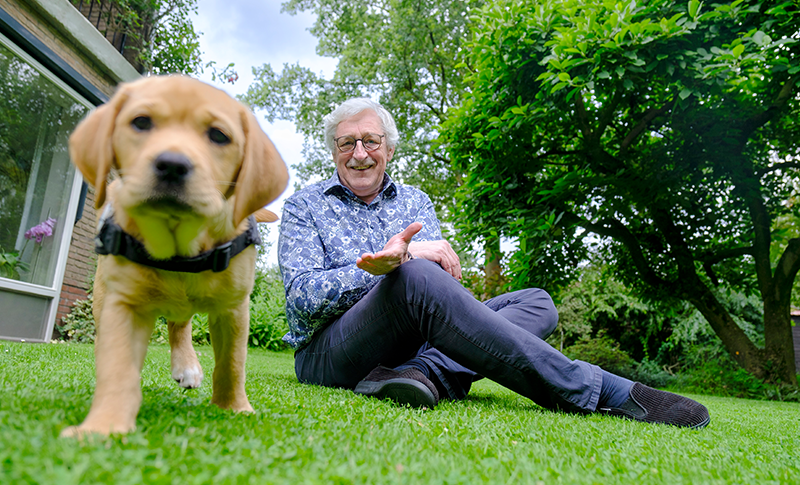In June this year, the European Commission will issue a new directive on the authorization of use of CRISPR-Cas, a genetic modification (GMO) technique, in crop breeding. In 2018, the EU was still voting against authorizing its use. Resource consulted four WUR experts on the opportunities and bottlenecks for CRISPR-Cas in crop breeding.
John van der Oost
Professor of Microbiology, CRISPR-Cas pioneer
‘That CRISPR-Cas techniques are at least as safe as older techniques is now widely accepted by researchers. Mutagenesis, the alteration of DNA by radiation or chemicals, produces far more undesirable changes to DNA than CRISPR-Cas. And the EU allows that. I often compare them to a scalpel and a chainsaw: CRISPR is the scalpel.
‘But I’ve realized over the past few years that opposition stems partly from fear of the power of big companies – a fear of multinationals trying to control the entire food market. And that is certainly undesirable: we must use the technique for the common good. So in Norway it was decided that minor DNA modifications are acceptable, provided they benefit society and the planet. I think that approach is worth trying.
Opposition stems partly from fear of the power of big companies
‘We agreed a year and a half ago to release our patents on CRISPR-Cas to non-profit organizations. At the same time, it proved difficult to find paid collaborations in the plant world with those patents. In Europe, the rules are too strict and outside Europe, collaborations have already been established. Now we are working with WUR colleagues and IRRI, a rice research institute in the Philippines. We are going to look at how to adapt rice plants so that they will survive rising temperatures by developing resistance to drought and salt. We feel rather ambivalent about taking this overseas: we are using a solution that is not allowed here. But luckily this enables us to use our expertise in a good cause somewhere else.
‘Incidentally, the products now coming onto the market with modifications using CRISPR techniques are a bit disappointing. Apples that do not brown quickly, for example, or extra healthy tomatoes. Are these things we are all waiting for? But the potential is great, and therefore so are my expectations.
‘I hope the authorization procedure for CRISPR-Cas will now be made easier; it’s high time it was. I am cautiously optimistic. But then again, I was optimistic in 2018 too, and that didn’t go the way I expected and hoped it would.’
Bernice Bovenkerk
Animal and environmental ethicist
‘Although I personally have less of a problem with modifying plants than animals, I am still critical of solving problems with technology. Once something is on the market, you lose control over it. I am afraid that the gap between rich and poor will only widen: even more power will fall into the hands of big corporations, and poor farmers will yet again draw the short straw. So we will remain stuck in the capitalist system. Moreover, this technique will produce fields of monocultures yet again. So I am not at all optimistic. Let’s first see how far we get with more different varieties, including old ones.
Let’s see how far we get with old varieties
‘We should conduct this debate with the general public; this is not just a topic for technologists, scientists and politicians. What is more, authorizing the use of CRISPR-Cas for crops is a first step towards more widespread use of the technique. We should take a broader look from the start than just at plant applications. Trials are already under way with the genetic modification of pigs for xenotransplantation, the use of animals as organ donors for humans. Someone has already been given a pig’s heart. In agriculture, the animal has always been considered a thing, a production unit. Cows have to produce a lot of milk and as a result, they contract more udder infections or are more likely to become lame. As an ethicist, I have serious doubts as to whether it is in the animal’s interest to be genetically modified.’
Richard Visser
Professor of Plant Genetics
‘When people stress that free choice is so important in Europe, I sometimes say that I would like the freedom of choice to buy GMO products. But then I’m exaggerating of course.
‘In Europe, policy focuses on the process: how and with which tools was a change to DNA brought about? But with techniques like CRISPR-Cas, that cannot be checked afterwards. In fact, CRISPR-Cas produces fewer changes in the genome than natural cross-breeding. So you can’t keep up that process approach. What you want to know is whether the end product is safe; how it was made matters less.
‘But the fact is that the EU has taken the line that GMO should be very tightly controlled. And it’s hard to change course now. Europe is becoming a kind of island, trying to close all the borders. But the rest of the world is moving on. It is only a matter of time before the European approach becomes untenable.
It is only a matter of time before the European approach becomes untenable
‘The extra-healthy tomato and the non-browning apple are examples of easy-to-apply CRISPR-Cas techniques: a minor mutation knocks out a single, well-known gene within a known genome. For traits like high yield, drought resistance, or multiple resistance, we are just starting to get an idea of which genes can make a difference. CRISPR-Cas is not a blanket solution to everything.
‘However, I do see opportunities for smaller farms in particular. CRISPR-Cas seems pre-eminently a method for minor ‑ ‘smaller’ ‑ crops, which large companies often ignore. The entire genome sequence of more and more species is known, and research into suitable new properties is becoming affordable.
‘What will the European Commission decide in June? It’s anyone’s guess. It’s like planning an outing with 30 family members. I’ll wait and see.’
Paul van Helvert
Patent expert at WUR
‘A patent is a good way of protecting your innovation. I am against the idea that patents are only meant for big companies; that’s not true at all. If you apply for a patent as WUR, you look at the potential users. Who would it be of interest to collaborate with? It might be a big player like Bayer, but it could also be IRRI, the rice institute John van der Oost is working with now. It is not about making a fast buck; the first priority is to make sure your invention is used. Sometimes that works out well with a Bayer, and sometimes with a smaller company. You can then also make different price agreements with them.
Make sure your invention is used
‘By choosing the party you cooperate with smartly, you can also develop an invention further. Because additional research is often needed before something is suitable as an application on the market.
‘Because the use of GMO techniques is restricted in Europe, you see that licences in that area are not of interest to Dutch or European companies. As long as there is no certainty about admitting GMO techniques to the European market, companies do not want to invest in them. That makes these techniques no more than a very expensive hobby for them.
‘What will the European Commission advise? I’ll wait and see, that’s the most sensible thing I can say about it. I’ve often thought before that we were heading in the direction of an authorization.’

 Professor of Microbiology John van der Oost is collaborating with IRRI, a rice research institute in the Philippines, in the use of CRISPR-Cas techniques to modify rice plants so that they can survive rising temperatures. ‘We feel rather ambivalent about taking this overseas as we are using a solution that is not allowed here. But luckily this enables us to use our expertise in a good cause somewhere else.’ Photo Shutterstock
Professor of Microbiology John van der Oost is collaborating with IRRI, a rice research institute in the Philippines, in the use of CRISPR-Cas techniques to modify rice plants so that they can survive rising temperatures. ‘We feel rather ambivalent about taking this overseas as we are using a solution that is not allowed here. But luckily this enables us to use our expertise in a good cause somewhere else.’ Photo Shutterstock 

